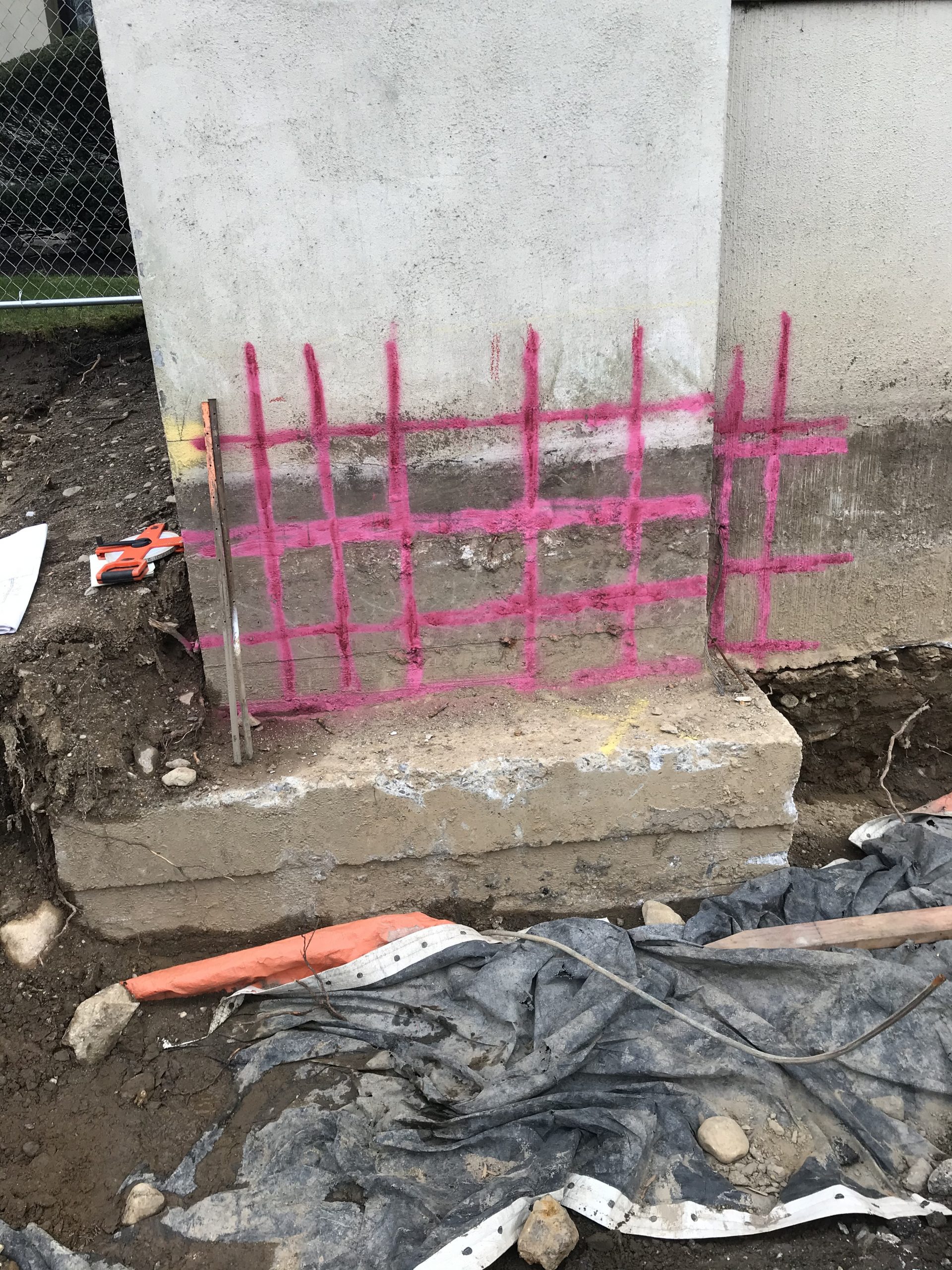Enhancing Job Planning and Execution Through Advanced Concrete Scanning Techniques
In the world of project preparation and insight, execution and accuracy are essential aspects that can make the difference between success and setbacks. Advanced concrete scanning methods have actually emerged as a sophisticated tool established to raise the standards of task management within the building sector.
Benefits of Advanced Concrete Scanning Strategies

Improved Accuracy in Project Assessments
Enhancing project assessments through sophisticated concrete scanning methods substantially boosts the precision and reliability of building and construction examinations. By utilizing advanced scanning modern technologies such as ground-penetrating radar (GPR) and 3D imaging, job teams can now obtain in-depth insights right into the problem of concrete structures, identifying potential flaws or weak points that might not be noticeable to the nude eye. This improved level of precision in task evaluations allows building experts to make more informed choices relating to repair service and maintenance techniques, causing improved overall task results.
Furthermore, the increased precision in job evaluations achieved with advanced concrete scanning strategies assists in reducing the risk of unforeseen concerns during the construction stage. By proactively finding covert anomalies within concrete structures, such as rebar deterioration or gaps, task teams can address these issues early, staying clear of expensive hold-ups and rework later on in the job lifecycle. Inevitably, the enhanced precision in project analyses helped with by innovative concrete scanning methods adds to higher performance, cost-effectiveness, and high quality in building and construction jobs.
Very Early Recognition of Architectural Difficulties
Very early detection of structural obstacles plays a vital role in making sure the integrity and security of concrete frameworks throughout the construction process. Determining possible issues at a beginning permits for timely intervention, protecting against costly rework, routine hold-ups, and safety risks. Advanced concrete scanning methods, such as ground-penetrating radar (GPR) and 3D imaging, make it possible for task teams to uncover surprise problems, spaces, support format discrepancies, and other anomalies that can compromise the structure's stability.
By carrying out these strategies during the planning and execution stages, construction professionals can proactively attend to architectural obstacles prior to they escalate into major troubles. As an example, spotting insufficient concrete cover over reinforcement bars beforehand can protect against corrosion and architectural weakening over time - RainierGPR Service Areas. In addition, recognizing variants in concrete thickness or density can assist enhance product use and make sure uniform stamina homes throughout the structure

Inevitably, very helpful site early identification of structural challenges via innovative concrete scanning not just improves the general quality and resilience of the construction yet additionally adds to a safer built setting for passengers and individuals.
Improved Precaution in Construction
The implementation of durable safety protocols is important in the construction sector to alleviate risks and guard the wellness of workers and stakeholders. Construction websites are inherently unsafe atmospheres, with potential risks ranging from drops and equipment breakdowns to structural failings. To improve safety procedures, construction business are increasingly taking on technological advancements such as wearable gadgets that monitor employees' vital indications and spot potential health and wellness issues in real-time. Moreover, making use of drones for site security enables routine safety inspections without placing workers in harm's means. Safety and security training programs have also progressed to consist of virtual truth simulations that supply hands-on experience in handling emergency scenarios. Additionally, the combination of expert system in security administration systems makes it possible for proactive identification of prospective threats, enabling timely interventions. By prioritizing safety with the unification of innovative technologies and extensive training programs, building tasks can why not check here significantly decrease crashes and produce a secure functioning atmosphere for all included - RainierGPR Service Areas.
Streamlining Task Administration Processes
To optimize functional effectiveness and ensure project success in the construction market, a focus on streamlining task management procedures is necessary. By carrying out effective project administration processes, building and construction projects can decrease delays, reduce prices, and enhance total efficiency. One key element of improving task administration is using innovative technologies such as Structure Information Modeling (BIM) software application, which enables real-time partnership, clash detection, and exact project organizing. Additionally, the adoption of cloud-based job monitoring platforms permits smooth interaction among group members, instantaneous access to job information, and the capability to track progress in real-time.

Verdict
Finally, the use of innovative concrete scanning techniques offers various benefits for job planning and execution. These techniques supply better precision in job analyses, very early recognition of architectural obstacles, improved safety and security actions in building and construction, and structured task monitoring procedures. Including these approaches right into task operations can eventually cause a lot more effective and successful end results in construction projects.
Ultimately, the boosted precision in job evaluations assisted in by sophisticated concrete scanning techniques contributes to better performance, cost-effectiveness, and high quality in building jobs. RainierGPR Service Areas.
To optimize functional effectiveness and make sure job success in the construction sector, an emphasis on improving project monitoring processes is important. By implementing reliable job administration procedures, building projects can lessen delays, lower costs, and boost general productivity. By simplifying job monitoring processes via innovation integration, clear communication, and data-driven approaches, building tasks can accomplish greater effectiveness, cost-effectiveness, and successful outcomes.
These strategies offer better accuracy in job assessments, early recognition of structural difficulties, enhanced safety and security steps in building and construction, check and streamlined project monitoring procedures.